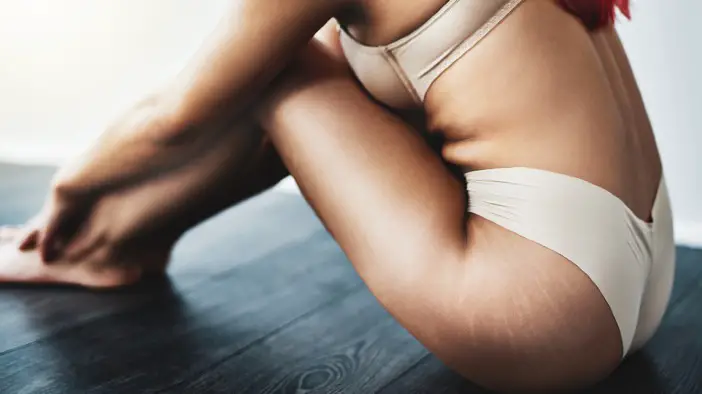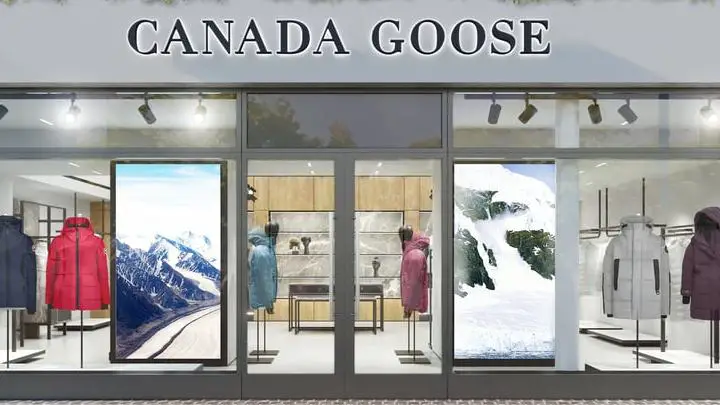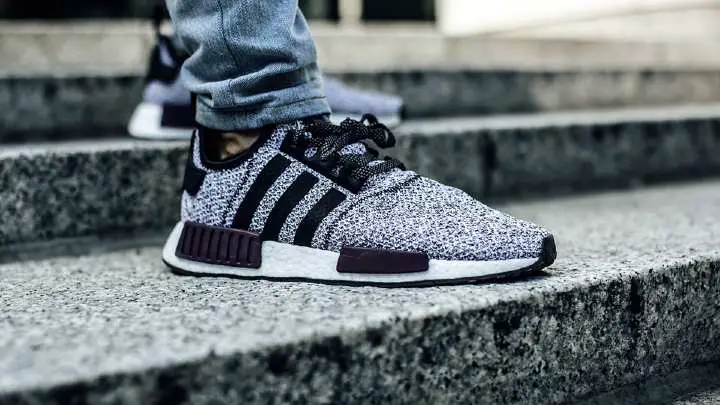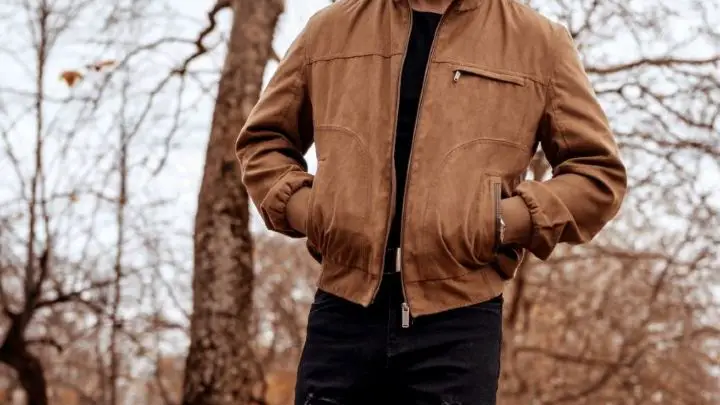Stretch marks, also known as striae, appear as streaks on the skin due to weight changes. These streaks may be blue, pink, red, black, white, or purple. The color of the streaks depends on how long you’ve had them, the underlying cause, where they appear, and your skin type.
When you feel them, they might seem like slight wedges or skin indentations. Sometimes they feel itchy or sore. As stretch marks heal or grow older, they turn white and are less itchy. Though a great concern to many, especially women, they are not dangerous to health.
Striae may appear as scars when the middle layer of the skin, the dermis, is stretched due to several factors. However, they can be genetically inherited.
Women are at a greater risk of developing stretch marks because they get pregnant and put on weight. Men also get these scars due to weight gain or body exercises.
In addition, it could be a result of using corticosteroids inappropriately or for too long. Other medications other than corticosteroids can cause these streaks.
Most importantly, striae are no cause for alarm. I believe that the knowledge of why and where these scars appear will help your concerns.
Appearances of Stretch Marks

For various reasons, these scars appear on different parts of the body and with different textures. They often fade away on their own after weight loss.
Let’s take a look at their appearances on the body.
Thighs
Striae on the thighs are commonly found in adolescent girls and pregnant women. They appear when there has been weight gain or loss around the thighs.
In adolescent girls, they are a normal part of puberty. They appear as fine lines due to growth spurts and body development. During pregnancy, they may appear on the thighs as your body grows bigger.
The thighs are areas where some women gain weight rather easily. This makes the appearance of these streaks on the thighs a great possibility. Stretch marks on the thighs are also seen in men due to either weight gain or muscle gain from exercising.
Back
This is a common appearance with boys, especially during puberty. Stretch marks on the back develop as a result of rapid weight gain.
In other cases, it could be as a result of pregnancy, weightlifting, muscle gain, stress, medications, genetic manifestation, or underlying health issues.
These scars form horizontal patterns on the lower back. However, they can stretch higher or go down right above the butt.
Stomach
Stomach stretch marks are common in pregnant women. During pregnancy, they appear, most especially, in the last trimester, for some women. They appear as pregnancy progresses and the baby gets bigger, stretching the tummy.
When they first appear, the area where the skin is thinning begins to itch. Besides pregnant women, some women and men also get streaks when they get belly fat.
Arms
In early puberty, some boys and girls may develop upper arm stretch marks. It is normal to have them because, during this period, the body experiences rapid weight and muscle gain.
Bodybuilders and weightlifters also have striae on their arms. Some pregnant women get them because of the characteristic breast enlargement during pregnancy.
Butts
Stretch marks on the butts could be a result of the general cause, weight gain. It appears in women who have been or are pregnant. Also, weight lifting or doing exercises that make your butt bigger could be the cause of these streaks.
For men, streaks may appear on the butts during adolescence or in adulthood when they have put on weight in this area.
Inner thighs
These stretch marks as seen in women who are in the third trimester of their pregnancy. Women who rapidly lost weight may develop stretch marks on their inner thighs.
Men may not get them on their inner thighs and if they do, they get them during adolescence.
Breasts
Puberty is characterized by hormonal changes. These changes can trigger the growth of breast tissue. And, as a result, the skin stretches.
Around the second trimester of pregnancy, there is an increase in estrogen levels. This triggers breast growth and growth in milk ducts. Consequently, the breast grows with the appearance of stretch marks.
In women who aren’t pregnant, breast stretch marks are a result of weight gain. When they experience weight loss, the fat tissue decreases but the marks may remain. This is because of the collagen lost to weight loss.
Striae on the breast could also be a result of breast implants and augmentation that stretches the skin. This is particularly common in women who got implants more than one cup-size larger than the non-altered size.
Shoulders
Exercises that increase the upper body and arm mass cause these streaks to develop on the shoulders. Men have a greater percentage when it comes to shoulder stretch marks.
However, women might develop them, especially if they engage in bodybuilding exercises. In addition, women may develop them on the shoulders due to weight gain.
Biceps
These are the men’s streaks. Stretch marks appear majorly when there is rapid muscle growth from athletic training, weightlifting, and bodybuilding.
When the skin cannot accommodate this rapid increase in muscle size, these tears appear.
During a testosterone surge, males naturally grow bigger, taller, and wider. This surge leaves adolescents with scars on their biceps.
Legs
Some pregnant women get striae on their legs when they enter their third trimester.
These scars are also seen in people who have lost a lot of weight in a short period of time. Teenagers involved in physical activities like sports or gym also get stretch marks on their legs. Most especially, adolescent boys get them on their calves.
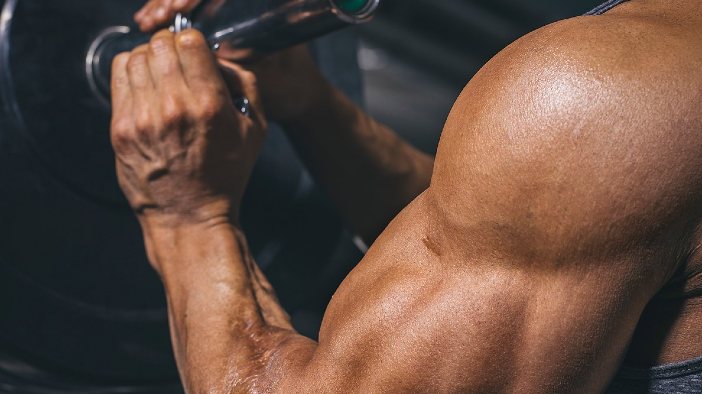
Treatments For Stretch Marks
It becomes easier to treat striae when you know the underlying cause. Treatments do not totally make the scars disappear but they can cause them to fade and become less visible.
These three treatments for stretch marks have proven fruitful.
1. Laser Stretch Mark Removal
This treatment employs laser resurfacing. In laser stretch mark removal, the outer layer is removed to aid the restructuring of the overlying skin. During the procedure, beams of light in concentrated amounts foster new growth.
Laser stretch mark removal can either use ablative or non-ablative lasers. Ablative Lasers destroy the upper layer of the skin and subsequently regenerate new skin tissues that will be smoother in texture and appearance.
Rather than destroying the skin’s upper layer, the non-ablative Lasers target the underlying areas of the skin surface and promote collagen growth.
Laser removal doesn’t remove stretch marks completely, it only helps to make the streaks smoother and reduce the appearance.
2. Topical Treatment
Topical management of striae is recommended by dermatologists, most especially for early stretch marks. Creams with Vitamin A and E extracts and certain essential oils like argan oil, pomegranate oil are great options for striae.
They do not make striae vanish but are formulated to help the skin retain moisture and elasticity. Here are some tested and proven topical treatment products.
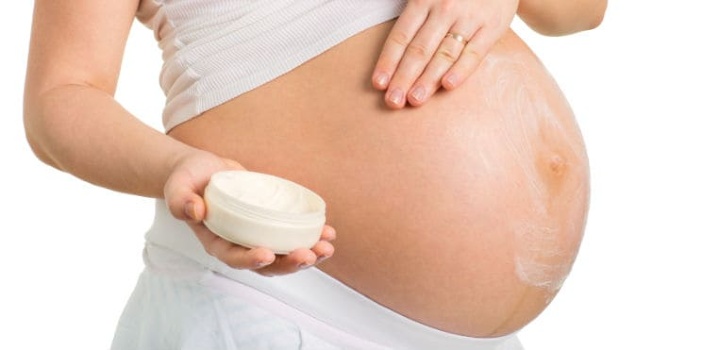
1. Cocoa Butter for Stretch Marks
Cocoa butter does not permanently clear off these scars. But they are formulated to help improve the skin’s elasticity and consequently reduce the appearance of stretch marks.
Cocoa butter contains a high content of stearic acid, a saturated fat that helps to break down the stretch marks by making them smaller and finer.
This formula keeps the skin moisturized and supple, allowing it to stretch more easily. It seeps into the skin and heals the dermis where stretch marks get formed.
Palmer’s Cocoa butter is widely recommended for fading the scars during and after pregnancy or weight fluctuation. You might just want to adopt Palmer’s Cocoa butter because it is not greasy and will help prevent the future appearance of the streaks.
2. Bio-Oil
Bio-Oil is formulated to help improve the appearance of existing stretch marks that are formed during pregnancy, adolescent growth spurts, or periods of rapid weight gain.
It contains chamomile oil as a key ingredient. Chamomile oil has anti-inflammatory properties. It synergizes this property with vitamins A and E, plant extracts, and other oils to keep the skin nourished as it fades stretch marks.
Read Also: Best Stretch Mark Creams That Work

FAQs on Stretch Marks
Do stretch marks mean you are fat?
Stretch marks often appear on the body when a person rapidly experiences growth or a great deal of weight gain. They don’t necessarily mean that a person is fat.
Are stretch marks a sign of weight loss?
Sometimes, they may appear when you rapidly lose weight. Excess skin from weight loss weighs down other areas of the skin. It pulls on the skin and can cause stretching and tearing.
What stretch mark is harder to get rid of?
The white stretch marks do not go away so quickly and this is because they are healed scars. As they heal, the blood vessels narrow and the production of collagen becomes harder. As a result, their texture changes, and they become smooth and less deep.
What cream is best for stretch marks?
A lot of creams are available to clear these streaks. Ultimately, your choice of cream should contain collagen and elastin stimulants. They should also contain vitamins A, E, F, and provitamin B5.
Conclusion
Stretch marks are considered permanent but oftentimes they fade away. When they begin to heal, they turn into fine white lines and do not itch anymore.
There isn’t much of a prediction on who will get the streaks and who will not. Though, some appearances are more prevalent in some people. Yet, almost anyone and everyone can get stretch marks. The major difference is in the appearances.
When you know the underlying cause of the stretch marks on different parts of your body, it becomes very possible to stop future appearances.
Africana Fashion provides you with skincare articles for your skin needs. Thanks for reading.
